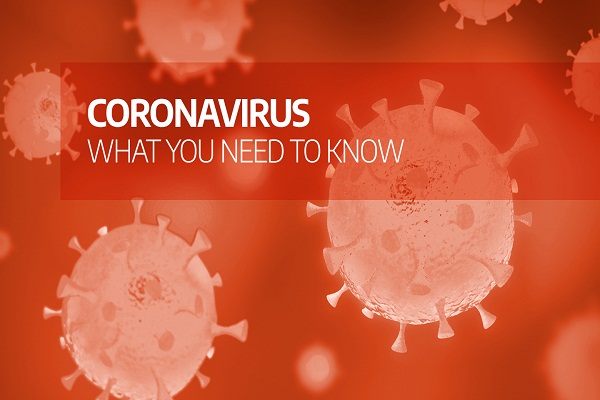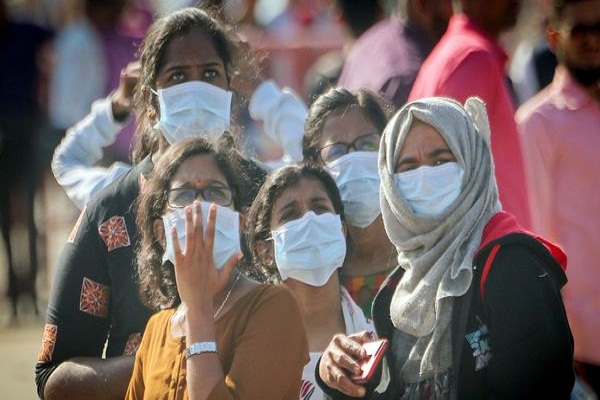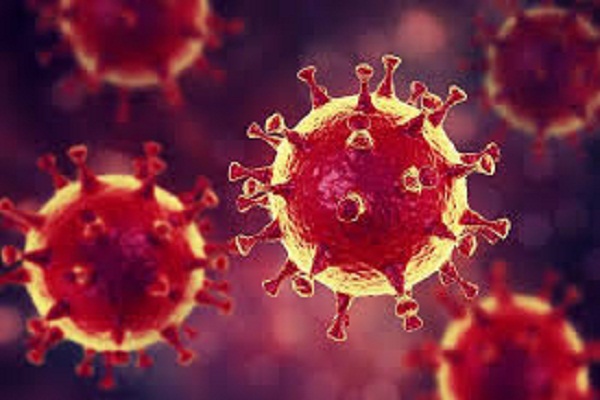
Much like drugs, medical devices and equipment is today a key input in the healthcare sector. Widespread availability and easy accessibility of quality medical devices is critical to the realization of our goal of universal healthcare. India is currently the 4th largest medical devices market in Asia after Japan, China and South Korea and the medical devices market in the country is expected to grow to USD 50 billion by 2025. The growth is humongous across the world and the global medical devices market size is likely to grow by a whopping USD 119.98 billion during 2018-2022, according to a report by market research firm Technavio.
With a rapidly expanding healthcare sector, India is today a lucrative market for all global companies manufacturing and selling medical devices and equipment. Most global companies are already selling products in India or are planning to enter the market. Even as the diversity and complexity of the Indian market remains a challenge for distributors, a series of new developments and trends are laying ground for improved regulatory standards, cost effective interventions as well as improved supply chain management.

Here are some prominent new trends that are expected to impact the medical devices distribution in recent years:

1) Distribution Rationalization: For OEMs, managing distribution networks and sales channels effectively has always been a significant area of concern. Today, many OEM’s have devised a strategy in which they focus on their core job of developing products, leaving the distribution conundrum to specialist group purchasing organizations. As seen in the USA, the complete Distribution model is outsourced to a few National Distributors, commonly referred to as Group Purchasing Organizations (GPO), who through their expertise and established tiers of distribution, make available the medical products to Healthcare Professionals. ColMed is one such Indian company, which has been at the forefront of this revolution in India. The GPO’s big-dollar investment in quality manpower and sophisticated inventory control systems, help local distributors in Tier 2 & Tier 3 cities in catering to health centers, by enabling them to procure quality products at affordable price.

It is a win-win model for all since OEM’s can focus on enhancing Product Awareness, GPOs can use their expertise of distribution, Tier 2 & Tier 3 distributors can purchase products at low price in spite of limited buying volumes, and customers get access to a wide array of products at reasonable price.

2) Pricing Regulations by Government and its implication on Distribution
Recognizing the need to improve regulatory standards for medical devices, the government has initiated measures to set up a separate regulatory authority for this sector that hitherto came under the domain of drug regulator Central Drugs Control Standard Organization. The government is planning to set up a Medical Devices Authority (MDA) that will devise Indian regulatory norms for the entire spectrum in the medical devices sector that till now adheres to FDA regulations. The government is also working on rules for rationalizing the trade margins for medical devices that have been categorized as drugs. In fact, price caps have already been introduced on devices such as stents, reducing the profit margins of hospitals as well as distributors.
All these measures are set to make regulations more stringent for devices, even as price regulations will have an impact on trade margins. Distributors are now trying to work on finding innovative distribution strategies that are more cost effective.
3) Reducing Quality Differentiation: A number of factors have helped bridge the brand differentiation between the products of MNCs and local manufacturers. These factors include improvement in quality of Indian manufacturing and wide scale acceptability of Indian manufacturer products which offer good results at lower costs. The wide brand choices have reduced brand differentiation, which has helped local OEMs to compete with International MNCs. Though manufacturing remains limited to producing low technology products, a few domestic companies and MNCs with manufacturing facilities in India have successfully developed low cost products that are on par in terms of quality with existing products that require complex technical know-how to manufacture. These products have succeeded in developing a niche market in many regions globally. For example, Indian manufactured heart valves have found new export markets in Myanmar, Kenya and Thailand. This has helped the medical devices exports register strong growth.
4) Improved supply chain management using Artificial Intelligence & Machine learning
Supply chain management is often highly under-rated part of an efficient distribution network. A report by an American healthcare supply chain management company concluded that improving supply chain management can enable health systems to reduce their supply expenses by an average of 17.7%, equivalent to USD 11 million annually per hospital.
Growing realization about the need to institute efficacious supply chain management practices have led distributors to turn to sophisticated technologies like artificial intelligence (AI) and machine learning that can leverage big data and help standardize processes. This in turn results in better predictability, optimization of supplies and reduction of wastage and expenses. AI based algorithms that use vast data for predictive analysis proves to be particularly useful in supply chain applications. Similarly, a McKinsey study found that using AI to enhance supply chain management could cut forecasting errors by 20% to 50%.
As Medical Device & Consumable distribution moves towards optimization of resources, AI based applications are set to become a norm in supply chain management practices.
5) Greater consolidation of businesses and growing role of private equity players
A rapidly growing healthcare distribution business is fast catching the attention of private equity players who have turned towards investing in medical distribution businesses. This will result in greater standardization of practices and inflow of more expertise in the sector. Apart from entrance of more private equity players, a greater consolidation of businesses also seems to be on the cards. Globally, pharmaceutical and devices distribution have consolidated to a large extent. However, in India it is still largely fragmented. A series of acquisitions and mergers are already underway in the sector and the trend is likely to continue. As we move towards greater consolidation, this will also result in better supply chain management practices and improved technological prowess.
(Disclaimer: The writer is Sanjay Jha, Director, ColMed. Views expressed are a personal opinion.)
Be a part of Elets Collaborative Initiatives. Join Us for Upcoming Events and explore business opportunities. Like us on Facebook , connect with us on LinkedIn and follow us on Twitter , Instagram.
"Exciting news! Elets technomedia is now on WhatsApp Channels Subscribe today by clicking the link and stay updated with the latest insights!" Click here!
















